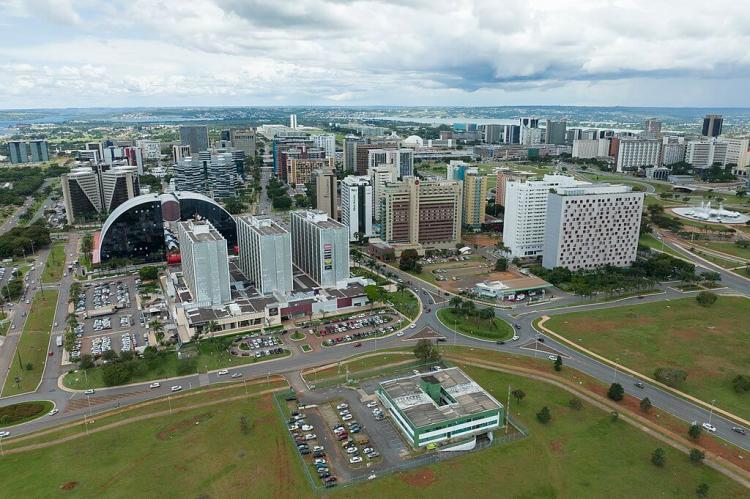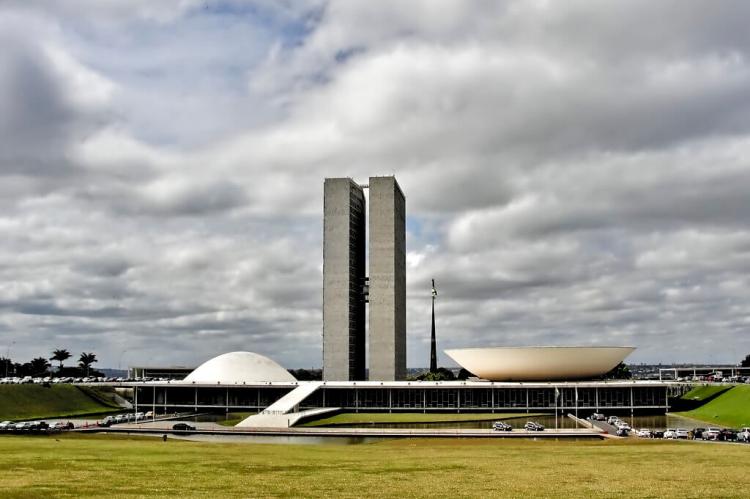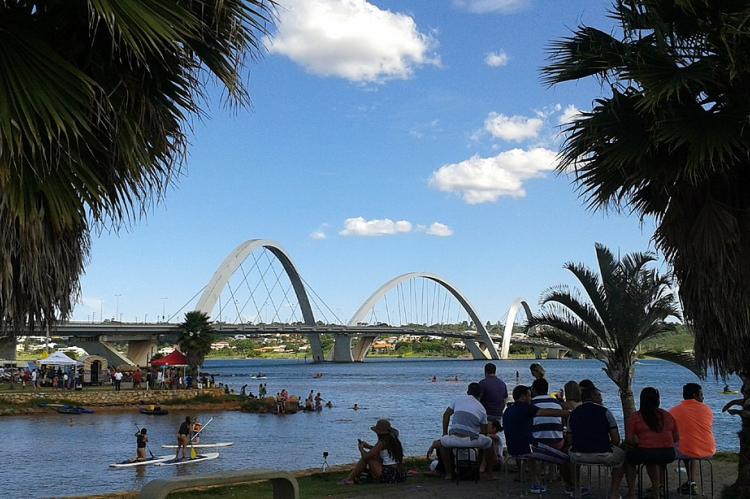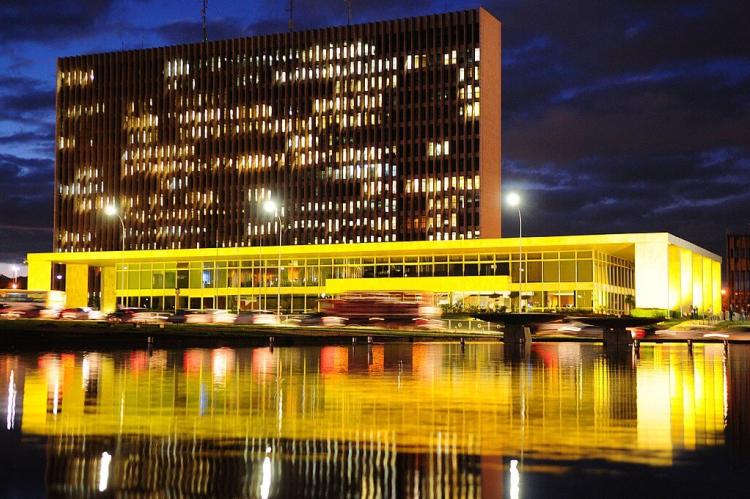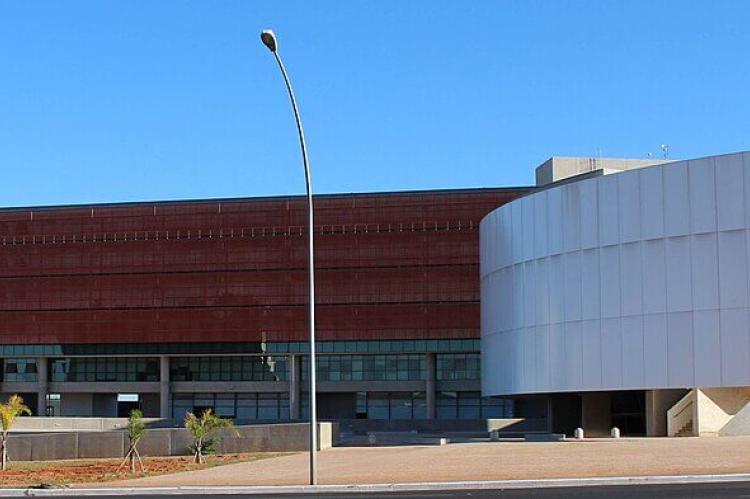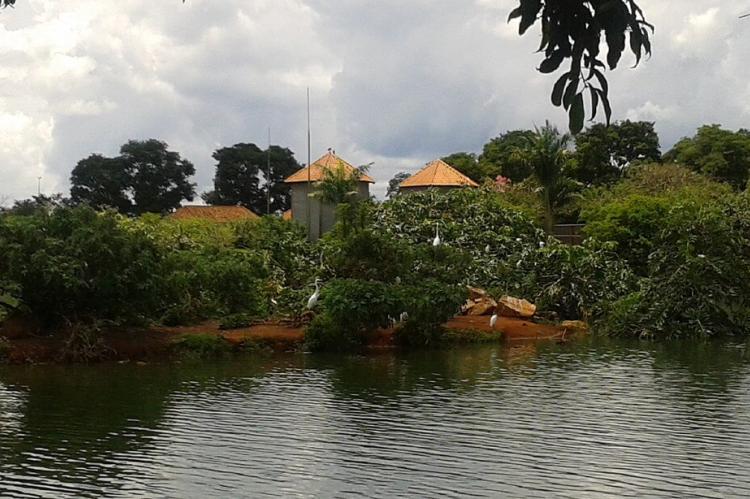Federal District of Brazil: Administrative Region of Brasília
The Administrative Region of Brasília is the central and most populated administrative region of the Federal District of Brazil, which is located in the country's central-west region. It is home to the city of Brasília, the capital of Brazil, renowned for its innovative urban layout and modernist architecture.
Federal District of Brazil
The Federal District (Distrito Federal) of Brazil is a distinct political and administrative division of the country. Located in the country's central-west region, it was created to serve as the nation's capital and is equivalent to a Brazilian state in many respects.
The Federal District encompasses not only the central city of Brasília (the "Plano Piloto") but also another 32 surrounding satellite cities and administrative regions. These administrative regions include neighborhoods and areas that are residential, commercial, and industrial, in addition to the central government and political districts.
History
The creation of the Federal District can be traced back to the late 19th century when Brazil's leaders recognized the need to move the capital from Rio de Janeiro, on the southeastern coast, to a more central location. The move aimed to promote the development of Brazil's interior and create a more balanced national territory.
The Federal District was officially inaugurated on April 21, 1960, and Brasília was established as the capital city. The choice of Brasília was influenced by its strategic central location and the innovative urban planning of architects like Lúcio Costa and Oscar Niemeyer.
Geography
The Federal District is situated in the central-western region of Brazil. It is landlocked and shares its borders with the states of Goiás and Minas Gerais. The district covers an area of approximately 5,800 sq km (2,238 sq mi). It is characterized by a tropical savanna climate, marked by a dry season and a rainy season. The region's relatively high altitude contributes to its mild climate.
Governance
The Federal District is unique in Brazil as it combines the functions of both a state and a municipality. The Federal District has its own legal framework and statutes that distinguish it from other Brazilian states.
Its governance structure includes a governor who serves as the executive head, a Legislative Chamber (similar to a state legislature), and a local government responsible for municipal-level services. However, the federal government has significant authority in the district, as it is the nation's capital.
Economy
The economy of the Federal District is diverse, with a significant focus on the public sector. The city of Brasília is the core of federal administration, housing government offices, ministries, embassies, and diplomatic missions.
This concentration of government institutions contributes to a strong service sector, including finance, education, healthcare, and professional services. In recent years, there has been a growing emphasis on technology and innovation, leading to the emergence of a tech sector within the region.
Culture
The Federal District of Brazil is a cultural melting pot, representing the diverse tapestry of Brazilian society. It hosts a variety of cultural institutions, including museums, theaters, galleries, and cultural centers.
Brasília's modernist architecture, designed by Oscar Niemeyer and Lúcio Costa, is a prominent cultural element that shapes the city's identity. The district celebrates a rich cultural heritage, and its events range from traditional Brazilian festivals to international cultural exhibitions.
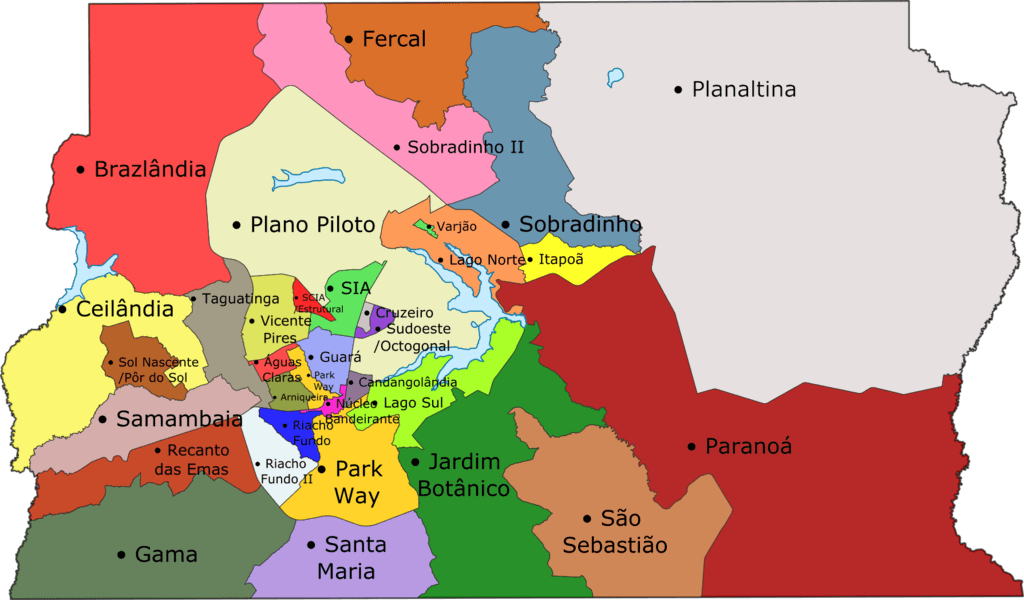
Map depicting the Federal District of Brazil
Administrative Region of Brasília
The Administrative Region of Brasília, often informally referred to as Brasília, is the capital city of Brazil. It is the seat of the federal government and serves as the country's political and administrative center. While the Administrative Region of Brasília is a significant part of the Federal District, it is not the entirety of the district, which also includes other administrative regions.
Also known as the Plano Piloto, Brasília is the central and most well-known administrative region within the Federal District of Brazil. It constitutes the core of the city of Brasília.
This region encompasses the Plano Piloto's urban planning, which includes the monumental axis, government buildings, residential sectors, and landmarks designed by architects Lúcio Costa and Oscar Niemeyer.
Brasília is a UNESCO World Heritage Site, and its urban center is characterized by distinctive modernist architecture and its unique city layout. It is the heart of the Federal District but is often used colloquially to represent both the city and the broader administrative region.
City Layout
-
Plano Piloto: Brasília's urban layout is often called the "Plano Piloto." Designed by urban planner Lúcio Costa, this master plan is based on the shape of an airplane, with residential, commercial, and government sectors organized in the form of wings. The city is divided into superblocks, each containing housing, shops, schools, and other amenities, fostering a sense of community within neighborhoods.
-
Monumental Axis: The city's central avenue, the Monumental Axis, divides the Plano Piloto into north and south. Along this axis, you'll find many of the city's iconic government buildings, including the National Congress, the Presidential Palace, and the Supreme Federal Court.
-
Residential Sectors: The city is divided into several numbered residential sectors, each with its distinct character. The South Wing (Asa Sul) and North Wing (Asa Norte) are two of the most prominent residential sectors, designed with a focus on providing quality living conditions with ample green spaces and a well-planned road network.
Landscape:
-
Lake Paranoá: The city is graced with the presence of Lake Paranoá, an artificial lake created by the damming of the Paranoá River. The lake not only adds to the city's aesthetic beauty but also provides recreational opportunities such as boating, fishing, and waterfront dining.
-
Green Spaces: Brasília is known for its abundant green spaces and parks. Notable among them is the City Park (Parque da Cidade), one of the largest urban parks in the world, offering jogging paths, recreational areas, and outdoor events.
-
Modernist Architecture: The landscape of Brasília is punctuated by the iconic, avant-garde buildings designed by architect Oscar Niemeyer. These structures, characterized by their flowing curves and unique designs, are integral to the city's visual identity.
-
Cerrado Vegetation: The city's natural landscape is influenced by the Cerrado biome, a diverse savanna ecosystem found in central Brazil. Efforts have been made to preserve and incorporate native flora into urban planning, adding to the city's distinct character.
-
Climate Considerations: Brasília's landscape is designed to harmonize with its semi-arid climate. The urban planning takes into account sustainable landscaping practices to conserve water and adapt to the region's climatic conditions.
Notable Landmarks
-
National Congress: The seat of Brazil's legislative branch, designed by Oscar Niemeyer, features two striking domed structures.
-
Palácio da Alvorada: The official residence of the President of Brazil, known for its distinctive white marble façade.
-
Cathedral of Brasília: A modernist masterpiece with 16 curved columns and stunning stained glass artwork.
-
The Three Powers Plaza: A central square where the executive, legislative, and judicial branches are located.
-
Juscelino Kubitschek Bridge: An architectural marvel connecting the northern and southern shores of Lake Paranoá.
